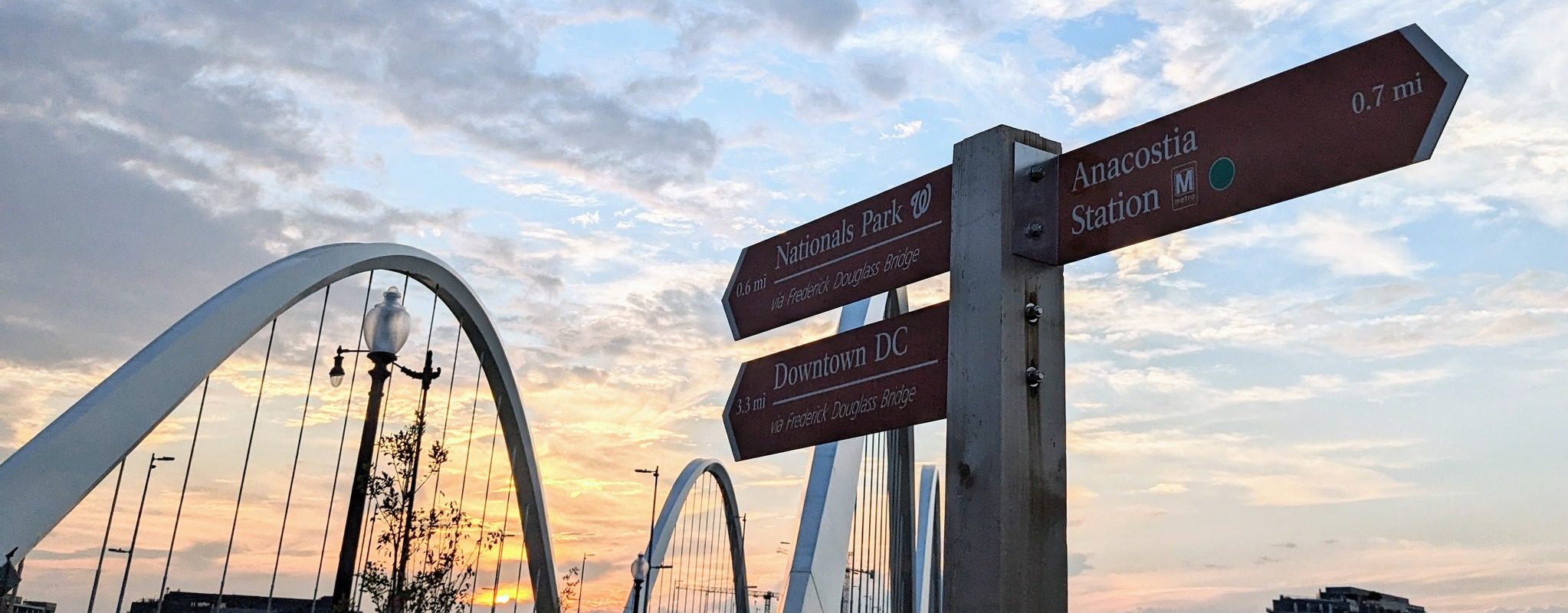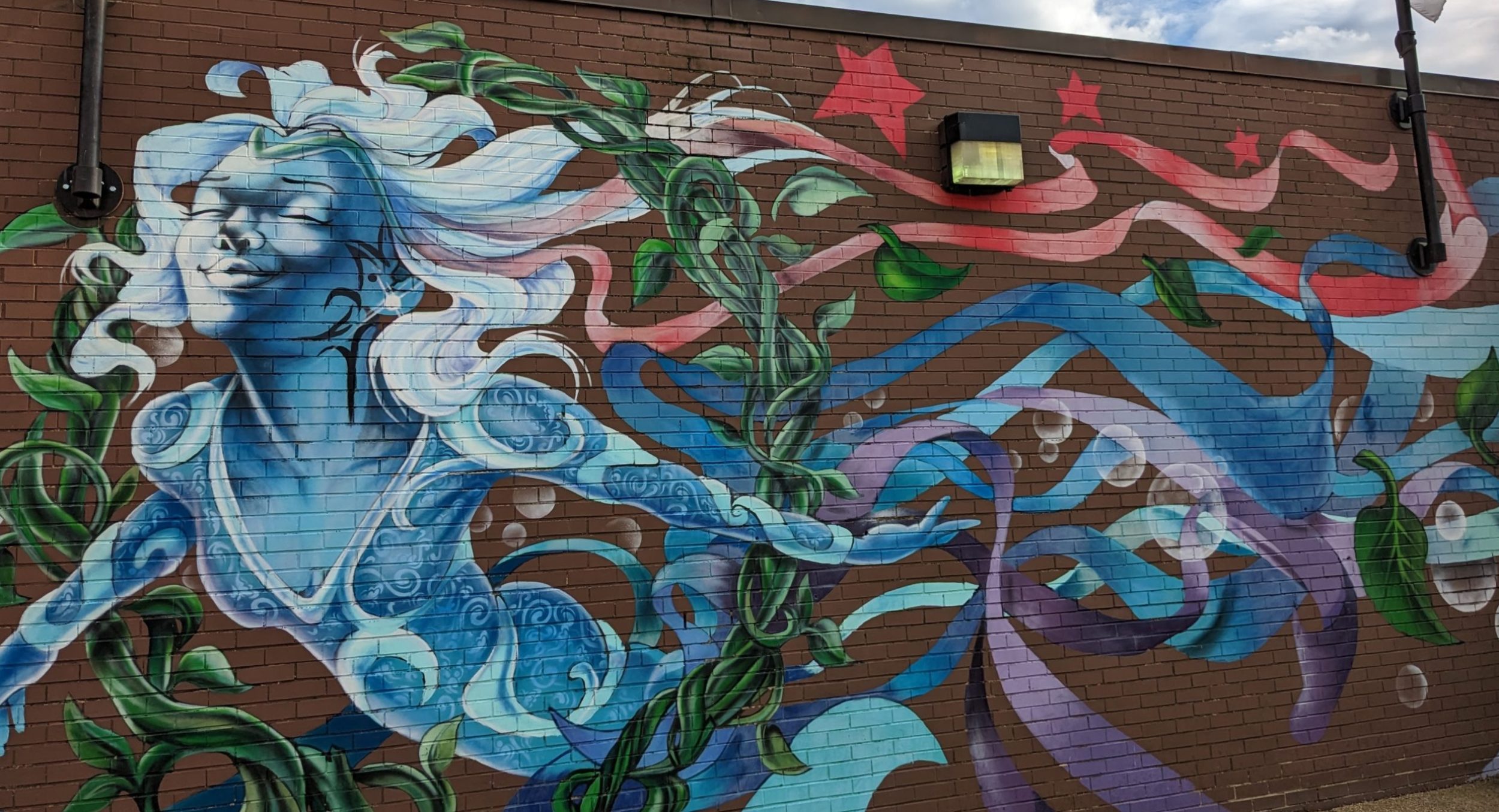Out of bubbling black goo has emerged evidence of the native lions and camels that California lost eons ago. The La Brea tar pits also have yielded records preserved for extinct saber-toothed cats and mammoths.
No dinosaurs, though. Sign after sign at the La Brea tar pits answers the dinosaur question, which dozens of children must ask each day. The museum’s Web site also explains that Los Angeles was submerged beneath the seas when the dinosaurs lived. The animals caught in the muck at La Brea followed the extinction of dinosaurs by about 65 million years.
The tar pits museum stands on land bought by Henry Hancock, one of perhaps hundreds of thousands of people drawn to California in the state’s mid19th century gold rush. The Hancock family later prospered in the oil industry. Many of those who went to California then were not so fortunate. Perhaps as many as one in every five miners who came to California in 1849 was dead within six months, according to a 1998 Sacramento Bee article. The article said insurance companies refused to write new policies for people coming to the gold fields.
Fantasy, Fortunes
California’s been a place to seek fortunes at least since the Spanish hit it in the 16th century. The state’s name isn’t a word from a Native American language about its trees, coast or any of its beauties. California was the name of a mythical island in a Spanish novel, Las sergas de Esplandián (The exploits of Esplandián) by Garcia Ordóñez de Montalvo. The women who ruled the mythical California carried golden weapons in the novel, according to summaries posted on the Internet. Spanish adventurers then gave this made-up name to real land on the Pacific coast.
Does it somehow seem fitting that California would later give up a rich vein of gold and become home to an empire built on fantasy? Even with piracy and bootlegging, Hollywood gets tribute from around the world. The U.S. had $10.4 billion in what the Motion Picture Association of America calls “audiovisual exports” in 2005, a 20 percent increase since 2000. Hollywood’s trade association also said the motion picture industry is one of the few industries where America sells more abroad than it imports. Its 2005 surplus was $9.5 billion, more than the “combined positive trade balance” for telecommunications and computer and information services, according to the MPAA’s Web site.
My husband and I are on a round-the-world trip, with an 11-hour Los Angeles layover between the Chile and New Zealand legs. U.S. movies have played on all of our plane and bus rides. I’m curious to see if there is a single country on our trip where Simpsons and Star Wars references are hard to find. Neither Augustus Caesar nor Queen Victoria could dream of an empire having such broad influence as U.S. movies and television shows. I can think of only one thing with similar reach–Coca-Cola.
Venice Beach
David and I started our Los Angeles layover in one of the city’s bohemian quarters, Venice Beach. At Cafe Collage, strangers discussed the strengths of Barack Obama as a presidential candidate, and Hillary Clinton’s weaknesses. By 10 a.m., at least half a dozen fortune tellers were working tables along the beach.
Yet, every dog was tethered. My husband and I had just spent two weeks in Chile where even dogs, even pony-sized ones, run free. David and I had come to see use dogs as equal partners in society. More than equal even, perhaps as its freest and most leisured citizens.
Chilean dogs spend their days joining and leaving loose confederations that run barking down streets, a sight with no menace to it. Dogs drop out now and again to roll in the grass in the median of a busy highway, or seek a pat on the head from someone walking by.
On Venice Beach, a yellow Labrador retriever passed us wearing a metal choke collar. To us, it looked like the poor thing was in some kind of S+M gear. A Siberian husky’s leash was tied to a restaurant’s porch. His pale eyes followed gulls on the beach without any sign he thought of he could chase them.
David and I left Venice Beach with fish tacos and drove up to the Santa Monica pier to eat them. There we saw Arlington West, a protest about the war in Iraq. Crosses and markers with Stars of David and crescent stars stood in row after row in the sand, each representing a soldier killed.
We headed then to La Brea. Afterward, we spotted a Salvadoran restaurant, Evita’s while driving through Westlake. Lunch, we said to each other. There are many Salvadoran restaurants in our town, Washington, D.C. They serve a kind of thick savory tortilla, called pupusas. They often filled with cheese and pork and come with a little bit of pickled cabbage.
The Los Angeles pupusas were even better than ones we get at home. The pupusas themselves were nicely greasy and hearty. The cabbage had what seemed to be red pepper flakes, giving it a good kick.
Our next stop was the Spanish mission for the City of the Queen of the Angels, as Los Angeles was called in the late 18th century. We picked up a drink of milk with cinnamon and sugar, called horchata, for David.
Sour-Plum Soda
We ended our day in the Siem Reap restaurant in the Cambodian section of Long Beach. For about $20, we had a rich duck soup and chicken well flavored with ginger and scallions and two great drinks. David had an ice tea with bits of tapioca, known as bubbles. I had a sour plum soda.
A sour plum rested at the bottom of a tall glass of seltzer. The glass came with a long spoon as well as straw. Stirring the drink mixed the sugar and salt already added to the seltzer with the bits of the dried plum, which was sweet as well as sour. I wanted a second glass, but it was time to leave for the airport… and head out of the Americas for new places.
Here’s a link to the Sacramento Bee article for more information on the California gold rush:
http://americanhistory.about.com/gi/dynamic/offsite.htm?site=http://www.calgoldrush.com/part1/01overview.html
Here’s a link for Arlington West:
http://www.arlingtonwestfilm.com/

